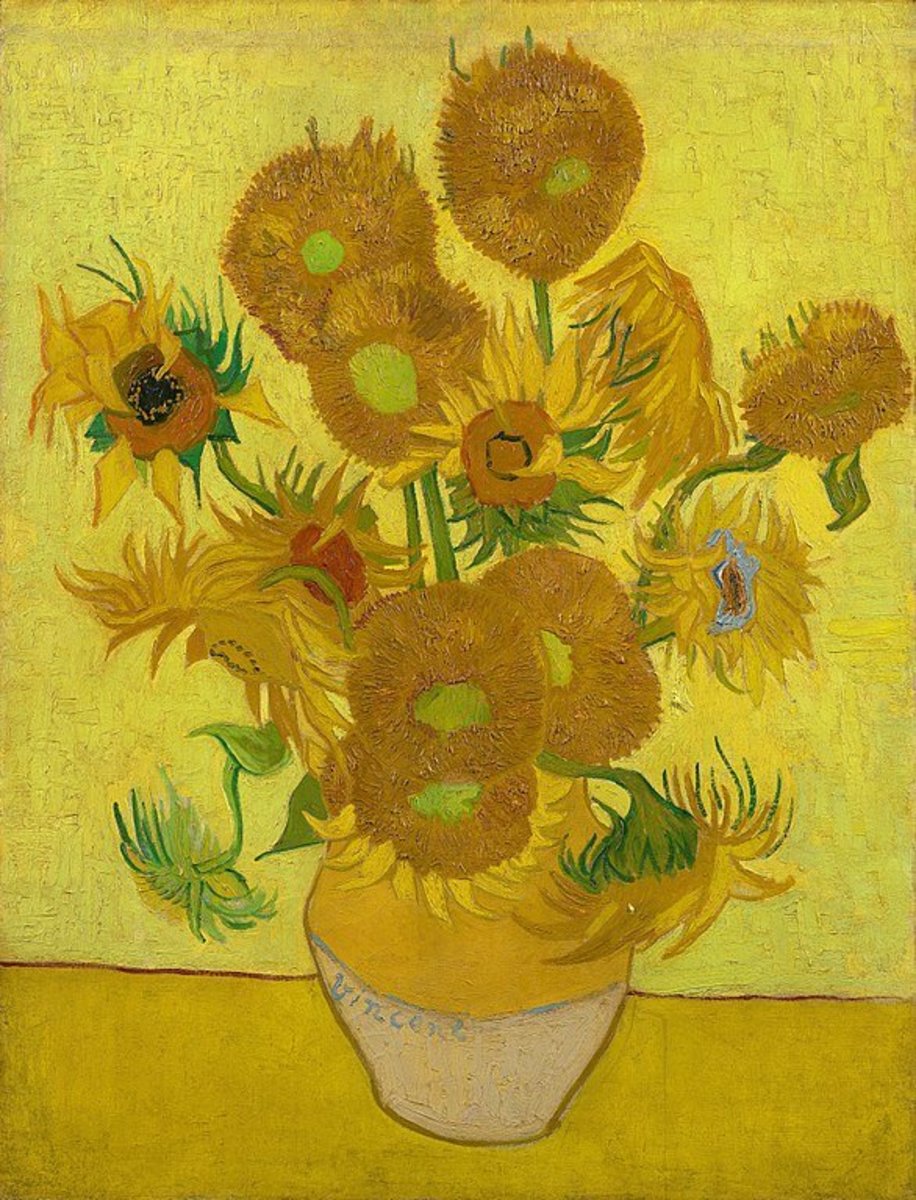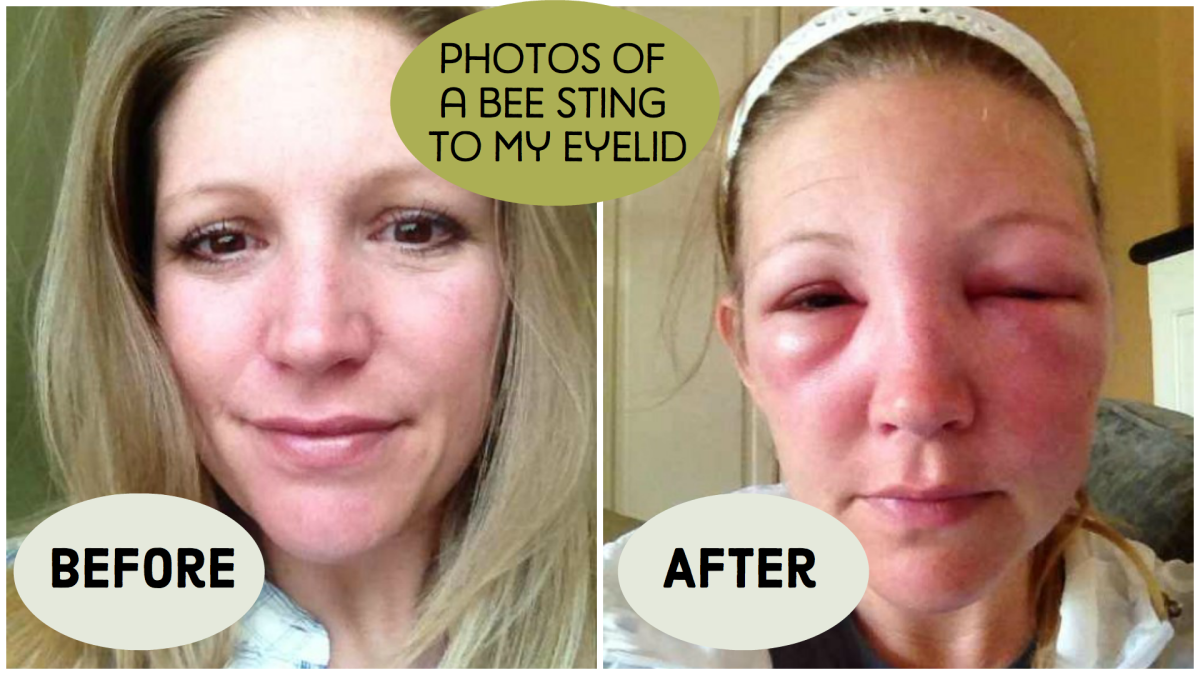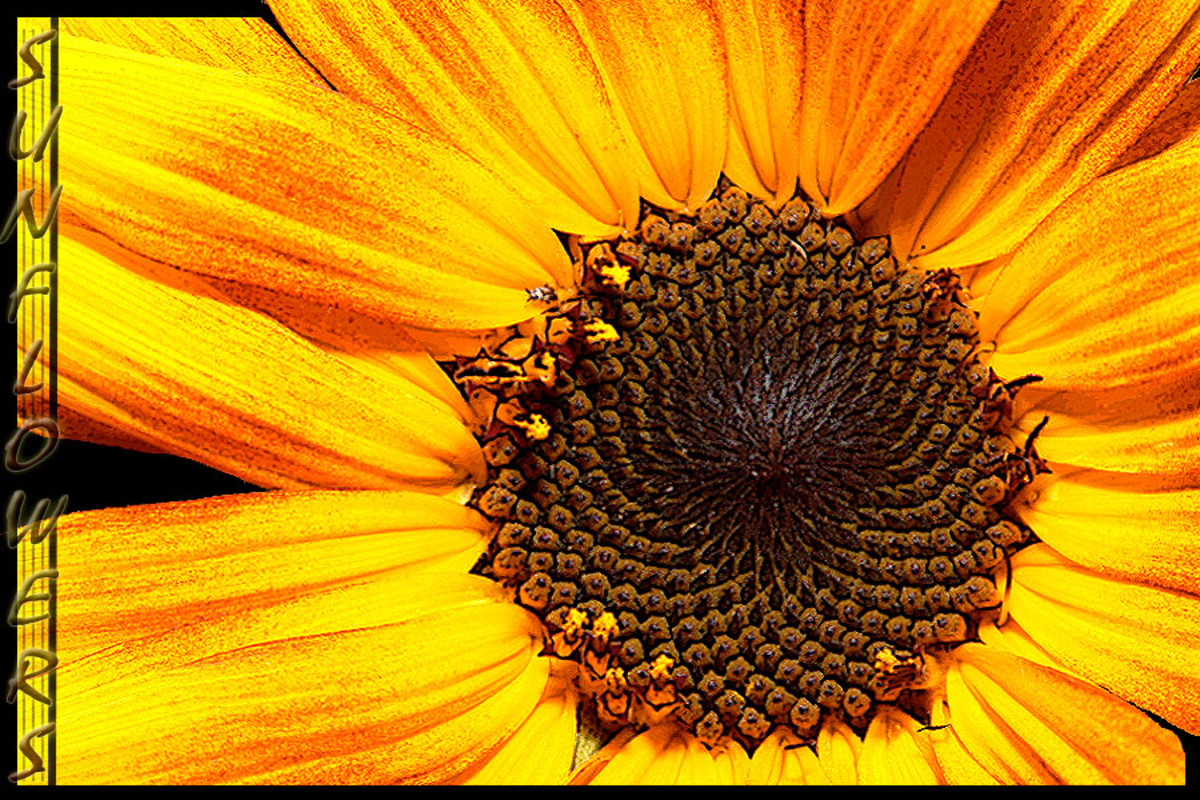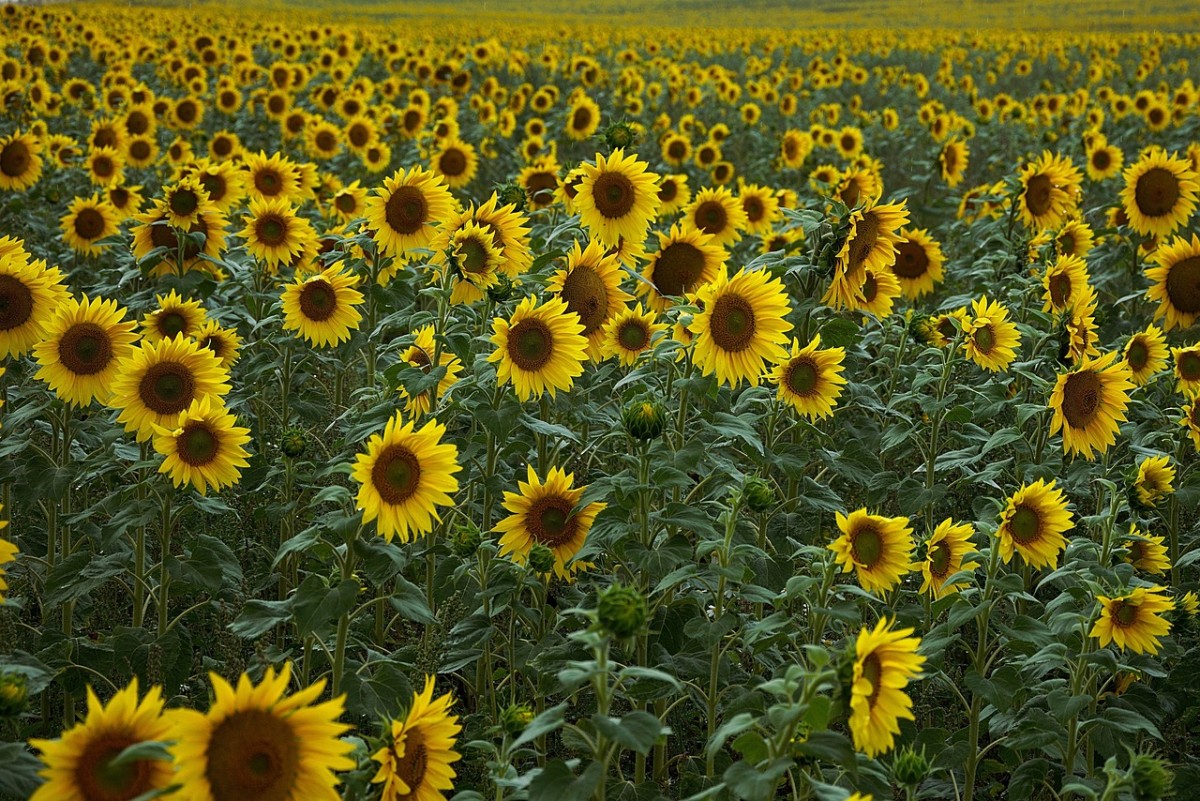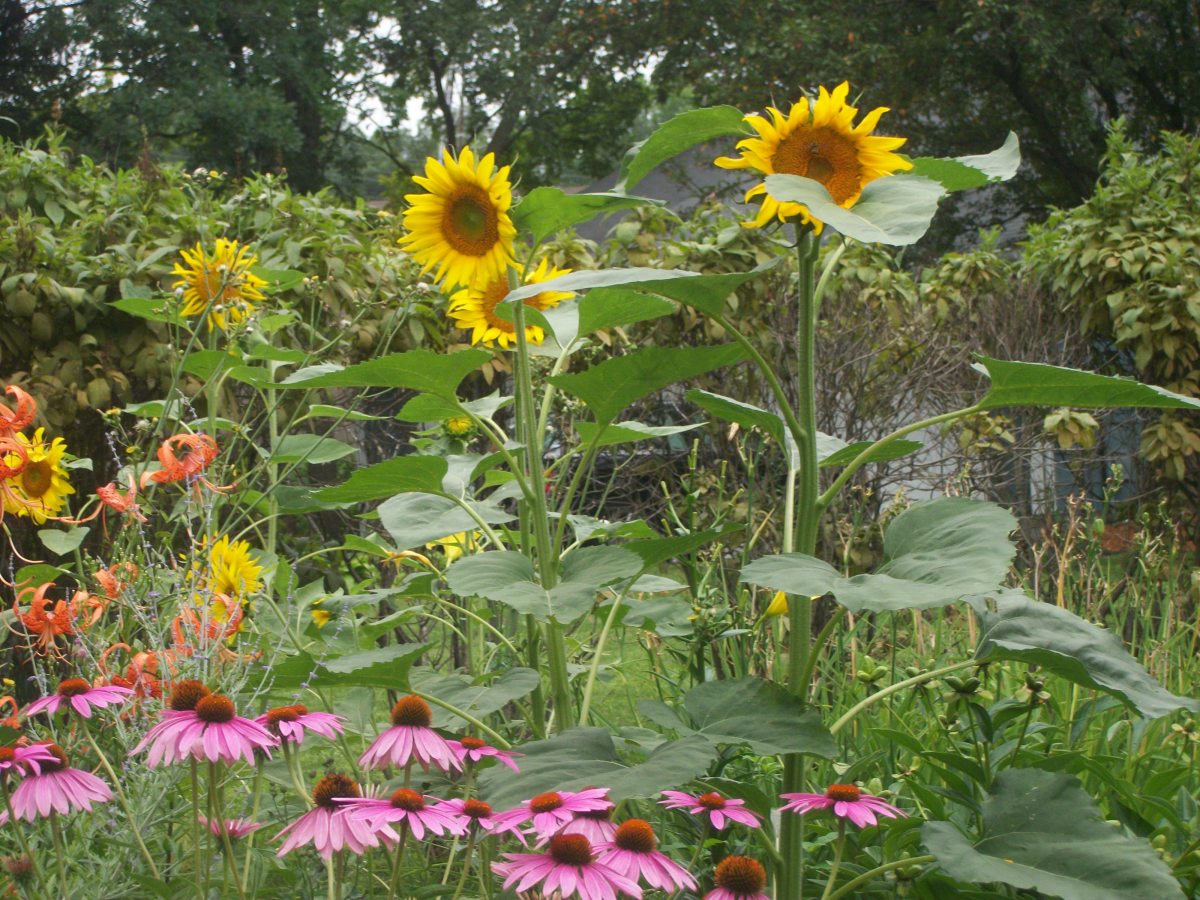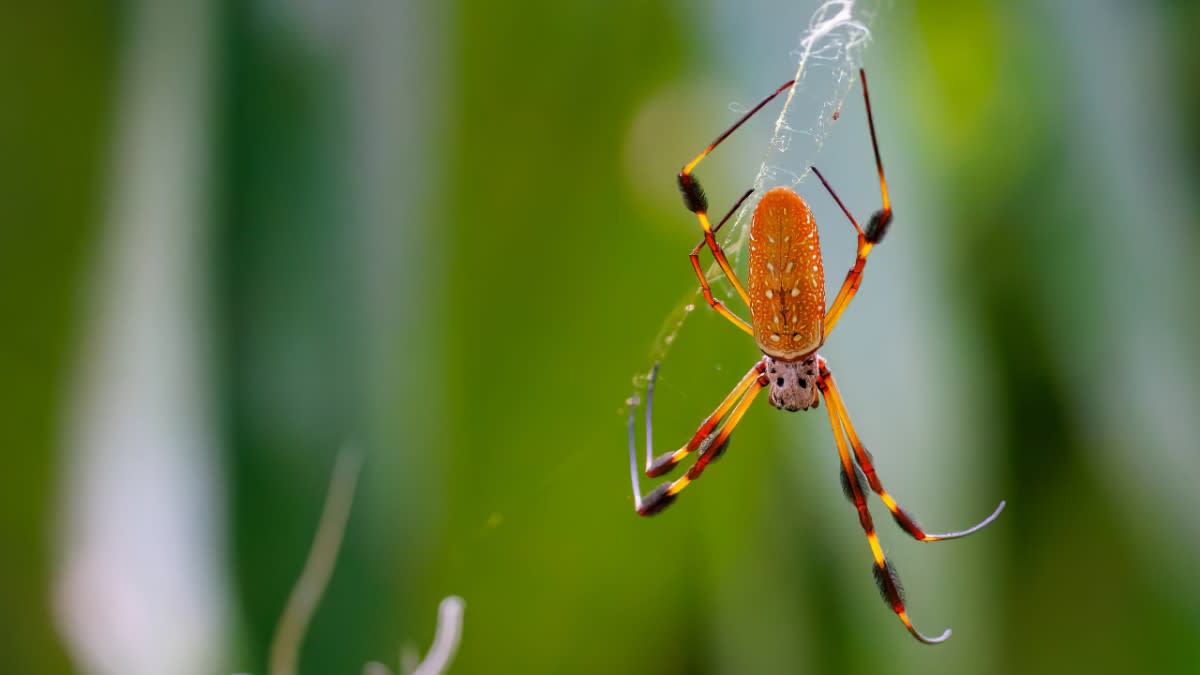How to Help the Bees
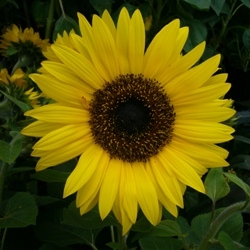
Grow a Sunflower and Participate in the Great Backyard Bee Count
Like many people I've been concerned about the decline of the honeybee population and wished there was something I could do to help. Recently I was delighted to learn about a project called the Great Sunflower Project Bee Count.
The Great Sunflower Project was founded in 2008 by Gretchen LeBuhn, a bee researcher at San Francisco State University. Each person's contribution is small and only takes a few minutes of their time, but with over 100,000 people signed up to participate in the research all over North America, a large amount of information about honeybees and other pollinators can be gathered. On this page I'll share how easy and fun it is to become involved in a citizen science project to help the bees!
(Photo by VickiSims)
Why Help the Bees?
Bees are required to pollinate a third of all food crops!
The Great Sunflower Project Explained - The Great Sunflower Project Founder, Gretchen LeBuhn
In this video, Gretchen LeBuhn, founder and director of the Great Sunflower Project, explains how easy it is to help bee researchers gather valuable data about bees and other pollinators.
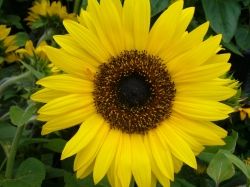
Plant Your Flower to Count the Bees
The List of Plants to Use to Participate in the Bee Count
Originally the project was set up with the idea that everyone would plant a specific type of yellow sunflower called "Lemon Queen" (Helianthus annuus) which is easy to grow and a favorite of honeybees and other pollinating bees. To accomodate climates where perhaps sunflowers may not bloom early enough in the year, the program has expanded the plant choices to include bee balm, purple coneflowers, tickseed, cosmos and rosemary.
Here are the simple steps to take to participate and help the bees:
1. Plant your sunflower (or other plant from the list)
2. Go to the Great Sunflower Project Website to sign up - click on the photo of the sunflower
3. Watch your sunflower for 15 minutes
4.Enter your data online.
(Photo by VickiSims)
Grow Lemon Queen Sunflowers for the Bees - Sunflowers - A Honeybee Favorite
The Lemon Queen Sunflower was the flower used the first year and is why the program was called The Great Sunflower Project.
Other Plants on the Bee Count Plant List - Rosemary, Bee Balm, Cosmos, Purple Coneflower and Tickseed (Coreopsis)
Rosemary, Bee Balm, Purple Coneflower, Cosmos and Coreopsis are other flowers that can be used for the Backyard Bee Count.
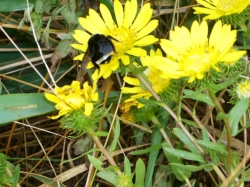
Count the Bees!
How to Participate in the Backyard Bee Count
After you plant your seeds or buy a plant, be sure to visit the project website to set up your free account. You will be asked to provide some information about your garden. The site also has illustrations to help you easily identify the difference between honeybees, bumblebees, carpenter bees, mason bees and other types of insects you may see visiting the flowers
After setting up your account, here are the supplies you will need: Your sunflower (or another plant on the list), a comfortable place to sit, a data sheet printed from the Great Sunflower Project website, a pen or pencil and a watch. A camera is optional but you are encouraged to take photos and share them.
Here's what you'll do for the actual bee count:
1. Pull up a comfortable chair next to your plant on a sunny morning preferably around 9 to 10 am - bring a cup of coffee or tea to enjoy.
2. Focus on one plant and count and report the number of fresh open flowers on the plant - don't count older flowers that may not have pollen or nectar
3. Write down your starting time
4. For each bee that visits, write down its arrival time
5. Stop recording your observations after 15 minutes
6. Enter you data on The Great Sunflower Project Website
If you don't see any bees, that is important information, too!
You are welcome to submit reports as many times as you can all summer!
(Photo by VickiSims)
Why Participate in the Great Sunflower Project and Count the Bees? - Benefits of the Great Backyard Bee Count
In this video Gretchen LeBuhn explains what you can gain from participating in the Great Sunflower Project.
The Great Sunflower Project Website - Log in and Report Your Bee Count
The Great Sunflower Project website will explain the project and exactly what you need to do to participate. It only requires a few minutes in advance of the count to set up your account, report your location and answer a few questions about your garden. For the actual count, it requires 15 minutes of observation time and a few minutes to log back into the site to report how many bees you saw. You can also submit your report by printing out a data sheet from the website, filling it out and mailing it in.
- Join The Hunt for Bees! | The Great Sunflower Project
The Great Sunflower Project Website where you can report your count!
More Ways to Help the Bees
1. Don't use pesticides in your yard
2. Plant flowers that bees like
3. Consider getting a hive or nest box
Bee Houses to Help Bees - Houses for Bumble Bees and Mason Bees
If having a beehive is not an option for you, there are other beneficial pollinators you can help with minimal effort and cost. bumble bees and mason bees are also important pollinators and they don't require as much knowledge, time and effort as keeping honeybees. For the most part you provide suitable nesting sites and they will take care of themselves.
More Homes for Bees - Bumble Bee and Mason Bee Homes
You need not be a squidoo member to leave a comment, but if you would like to sign up and make your own lens - it's easy! Just Click Here to get started!








